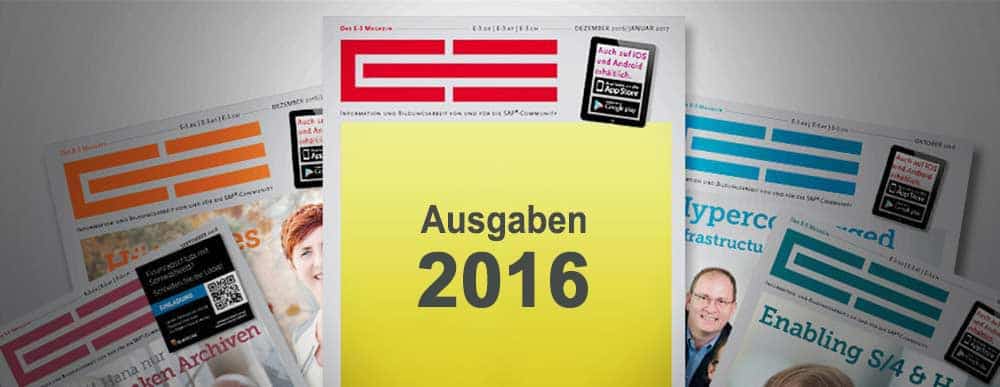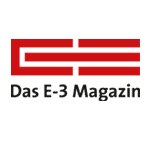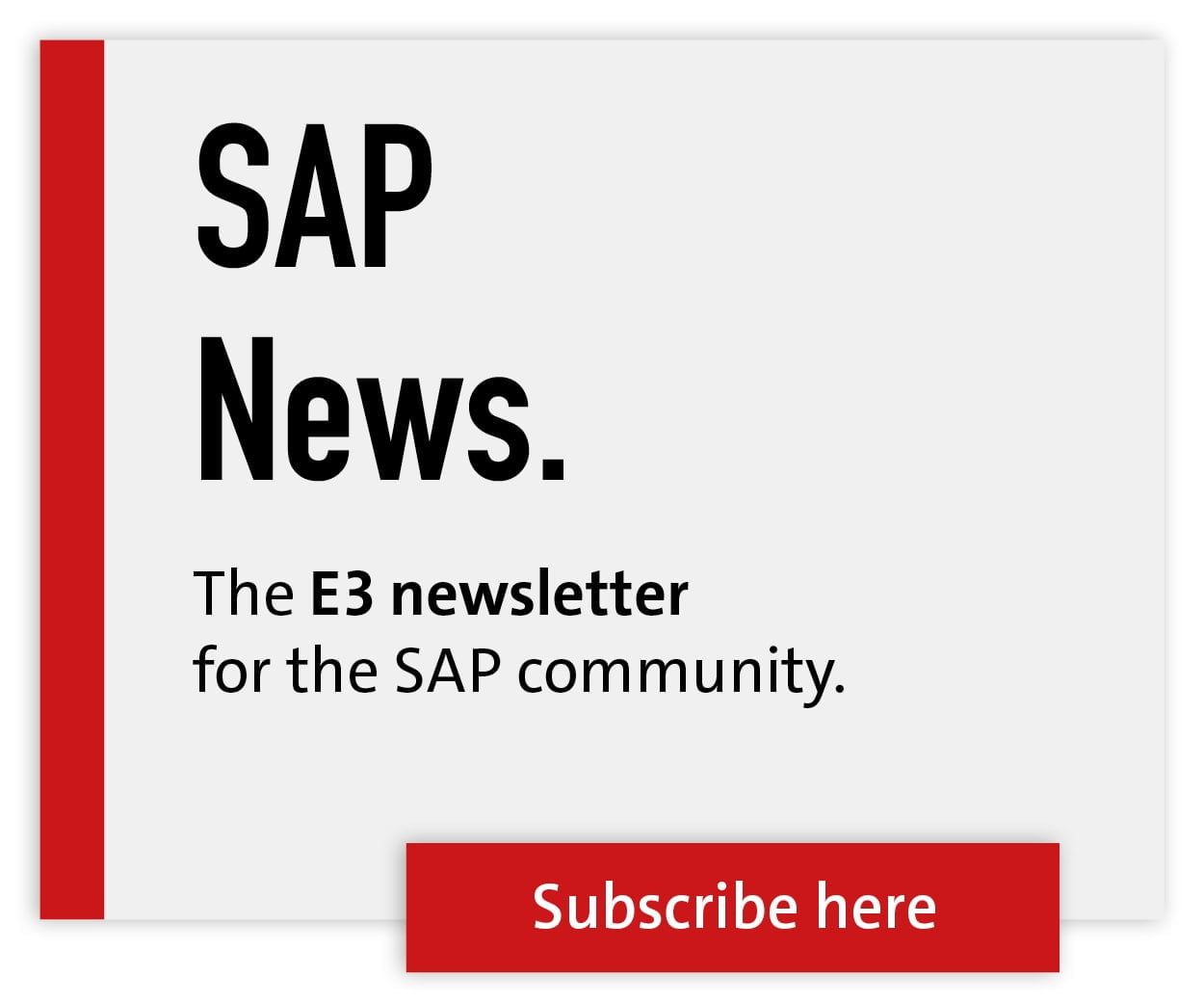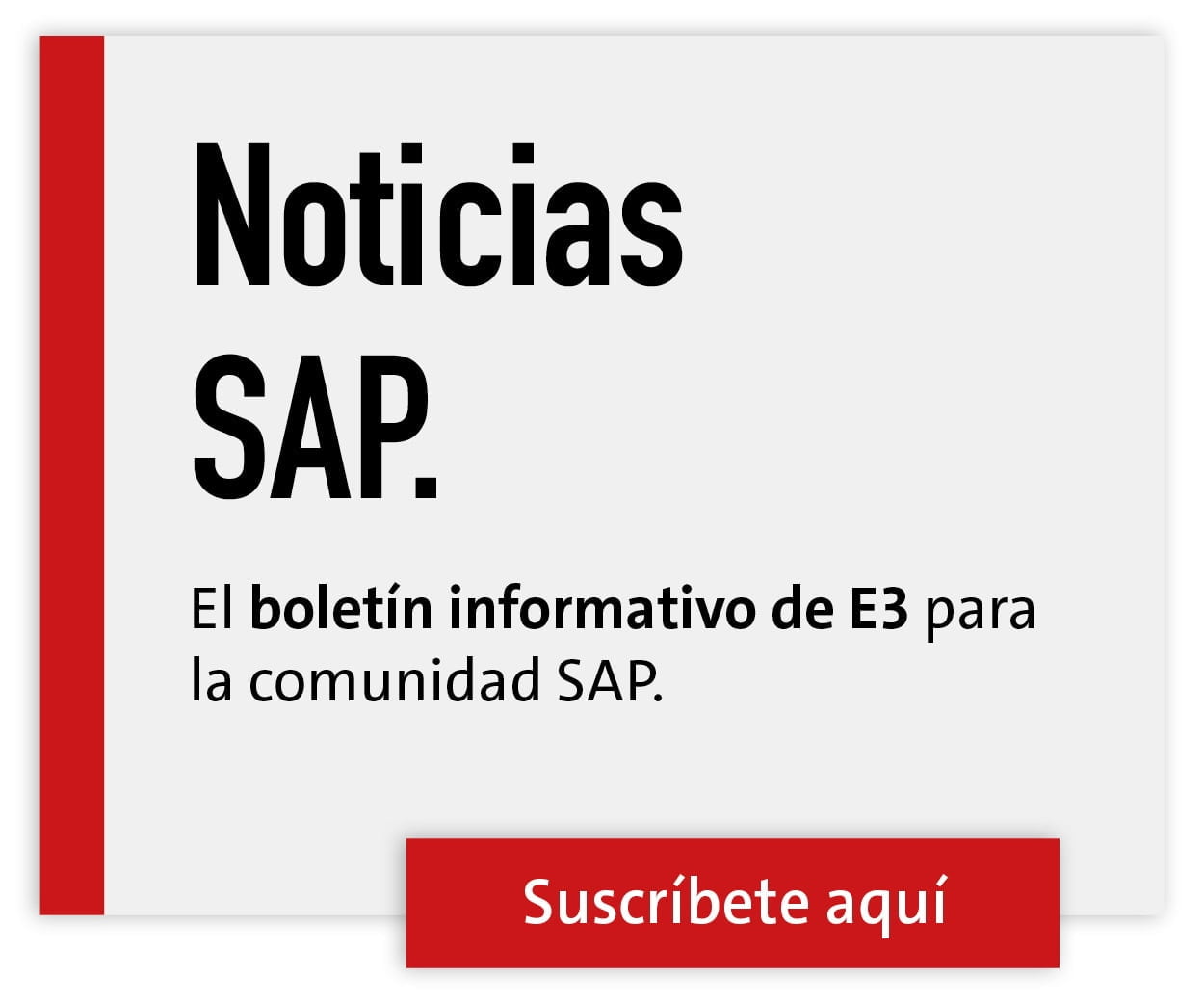Self-determined work


What influence do the requirements of the modern working world have on systems for access control, time recording or time management in companies?
Jörg Wissdorf, Managing Director at Interflex, a provider of access control and workforce scheduling solutions, knows what companies need to be prepared for in order to remain attractive as employers.
Working hours, locations and structures are becoming increasingly individual and flexible. What solutions would you like to drive forward in the coming years?
Jörg Wissdorf: Employees' demands for flexible working hours have increased further - work-life balance is just one of the buzzwords here. Our customers are looking for solutions that enable them to meet the challenges of the modern working world with as little administrative effort as possible.
One starting point is standardization: instead of using different software solutions for access control and personnel resource planning at many locations, the focus in future will be on regional and global systems with uniform procedures.
Whether SMEs or corporations, future-proof, customizable systems are desired. One option offered by Interflex is to simplify and efficiently design the handling of access control and personnel resource planning using a modular, standardized technology platform.
Digitalization requires a different way of working. What new demands does this place on companies?
Wissdorf: Employees want more flexibility. They want to be able to decide for themselves as far as possible when they work and when they spend their free time. Individuality therefore plays a major role.
Employers who want to be perceived as attractive must embrace this trend. With specific work and attendance models, employees are able to reconcile the demands of everyday business with their personal needs.
The processes required for this should run in the background with minimal administrative effort and be handled as mobile as possible. Corresponding apps will play a major role.
Smartphones and tablets are equipped with various applications that allow employees to plan and communicate their attendance productively at any time while on the move. The infrastructure of the programs running in the background is increasingly cloud-based.
Is the ongoing globalization also linked to this development?
Wissdorf: Exactly, it offers numerous new opportunities, but is also associated with the departure from old structures. The workplace of the future may be located at different company headquarters.
Employees of an international company want to work in the same way everywhere. This means, for example, that they can use their identification media, tokens, employee ID cards, etc. at all locations worldwide without restriction.
If, for example, an employee is sent to South Africa for two weeks as part of a project, then access to the company and the company network should also be possible for these two weeks - without having to register or identify themselves separately.
In a more detailed model, the employee is also given access to the rooms that are intended for them via the same medium during the predetermined period. If they need to extend their stay or visit another branch, all they need to do is send a short message to their line manager via the app. The same applies to any planned extended weekend.
The well-educated, tech-savvy Generation Y in particular wants a balance between work, leisure and family. How can employers adapt to this?
Wissdorf: Generation Y demands the use of modern systems. They want more flexible working environments and conditions as well as a high degree of freedom in organizing their work processes.
This allows them to work where they want and at the same time better combine their professional and private lives. This can only be achieved with the help of mobile devices, which are used for the majority of communication today.
If companies want to benefit from the potential and expertise of their future workforce and attract them, they need to adapt to their needs and habits.
It is advisable to rethink and redefine existing work processes and internal guidelines. In this way, companies are perceived as attractive by potential new and existing employees.







